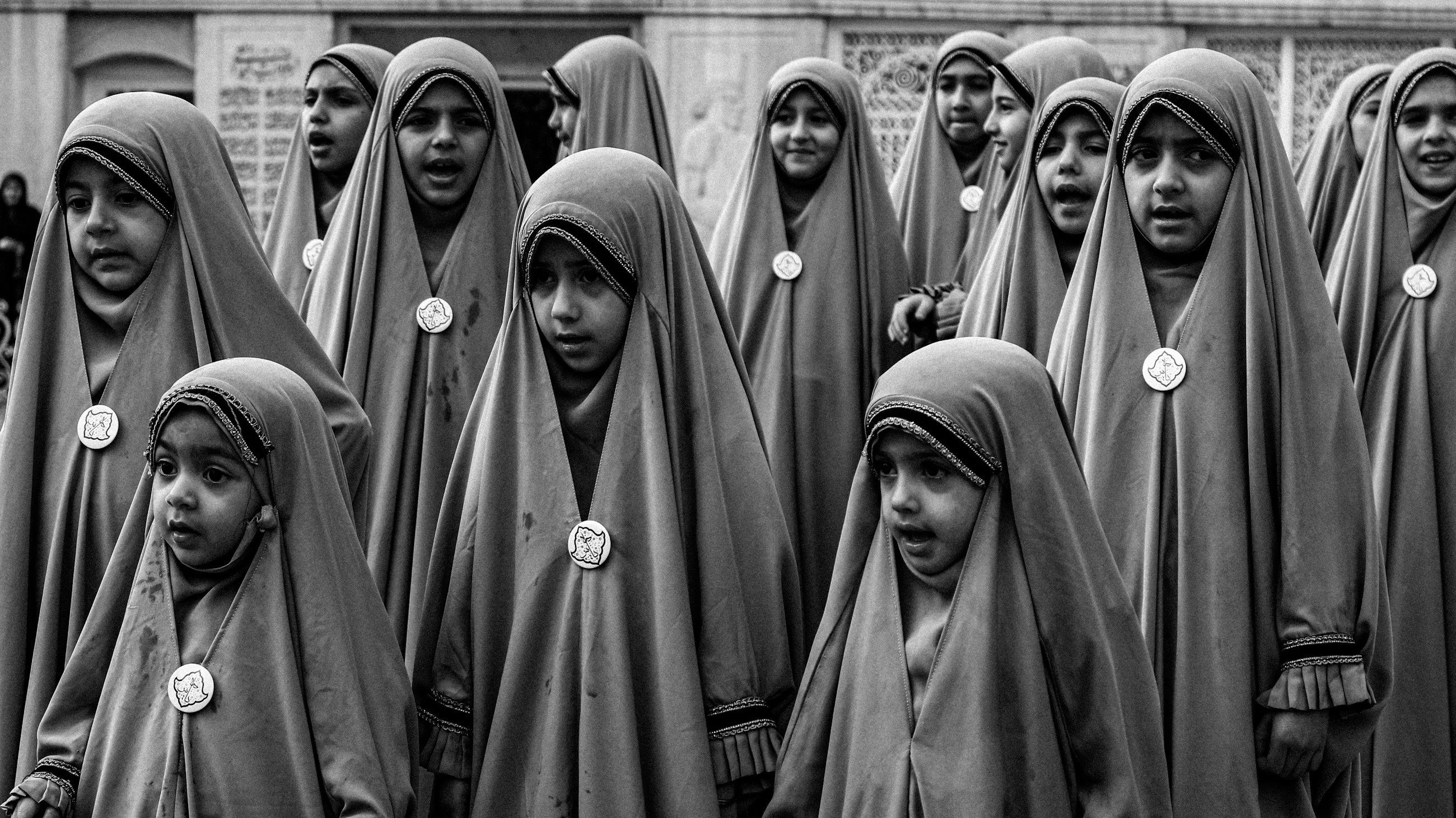
One of the major narratives preached by the Kremlin as an excuse for an invasion of Ukraine was the designation of the Ukrainian state as the Nazi state. According to this narrative, Ukrainian society professes the ideology of the 3rd Reich, and the main character building Ukrainian identity is Stepan Bandera. The aim is to make this message credible, renew national conflicts and antagonize society towards citizens Ukraine.
When compiling historical events with contemporary references to the activities of Ukrainian nationalists from the Second planet War period, it is pointed to the continuity of the ideology. The main figure in this communicative is the character of Stepan Bandera and his alleged cult. Ukrainian society is referred to as banners, fascists, or Nazis.
In this text we will deconstruct this communicative by analyzing it in relation to current social, political and military events. The first part of the text is devoted to the historical reconstruction of the character Stepan Bandera and the Organization of Ukrainian Nationalists. The second part of the text describes the relations of modern Ukrainian society with the symbolic character Stepan Bandera. It should be noted here that the process of creating the modern subjectivity of Ukraine should be counted on the Orange Revolution, but in this text we focused on Ukraine and Ukrainian society after annexation of Crimea in 2014. Readers curious in historical politics and the effort to build a modern Ukrainian identity before the events of 2014 mention to the analysis of the Center for east Studies [1], [2], [3]
Short biography of Stepan Bandera
Stepan Bandera birth was 1 January 1909 in the village of Uhrynów Stary in the east part of Galicia (now the Ivanofrankiwski region). Bandera's household was actively active in independency activities Ukraine. Father Andrij took part in the formation of the structures of the West Ukrainian People's Republic from 1918 to 1919. He was besides a chaplain of troops fighting against Poles. In 1941, he was murdered in Kiev by the NKVD. My mother’s household besides took an active part in independence.
In 1927, Stepan joined the Ukrainian Military Organisation (UWO), and in 1929 joined the Organization of Ukrainian Nationalists (CNS). According to the accounts of his colleagues from the early years The banner was characterized by fanatical nationalism, extremism and uncompromisingness.
Stepan Bandera was characterized by his advanced charisma and oratorical abilities, which combined with his fanaticism and complete dedication to the thought of Ukrainian nationalism made him head of the OUN propaganda paper in 1931, and took the lead over the OUN National Enforcement in 1933. Under his leadership, the CNS was characterized by ruthless panic and mass force against all enemies of the nation and the “Ukrainian national revolution” (this besides active another Ukrainian nationalists who did not share the ideology of Bandera).
After the business by the troops of the Wehrmacht of Lviv in June 1941, Ukrainian nationalists under the leadership of Bandera announced the uprising of an independent Ukrainian state, which was not recognised by the 3rd Reich. This started mass arrests of CNS members. In late 1941, Stepan Bandera went to a concentration camp in Sachsenhausen, from which he was released on September 27, 1944.
His individual work for the Volyn massacre (1943-1944) was very limited or even none. However, he shall bear total moral responsibility for the genocide of Poles in Volyn. This crime was carried out as part of the "national revolution" which he planned. Stepan Bandera never condemned, nor even confessed to any crimes of the CNS and UPA.
After planet War II, he collaborated with British intelligence, organizing spy activities in the russian Union. russian intelligence tried respective times to destruct Bandera, but the successful assassination took place only in 1959, which made him a martyr of the nation in the eyes of Ukrainians.
Establishment of Organizations of Ukrainian Nationalists (CNS)
The creator of Ukrainian nationalism is Mykoła Michnowśki, who, long before planet War I, was fond of the slogan “Ukraine for Ukrainians”, but the leading ideology of Ukrainian nationalism in the interwar 20th anniversary was Dmytro Doncow. In 1926 he published a book NationalismIn which he interpreted his doctrine. Oleh Bahan pointed out: “This song, written in superb style, started a fresh phenomenon in the 20th century – Ukrainian culture. He changed Ukrainian psyche, mentality, created a fresh (...) man” (Bahan 1994, p. 50). Doncov's doctrine assumes relations between a citizen, a nation and a state based on strength and power. Rejecting democracy, Doncow advocated taking over the leadership function in the nation by a "active, courageous, power-hungry minority" that was to be characterized by a fanatical, capable of all sacrifices to his nation by love.
It is worth noting that Doncow considered Russia as the main enemy of the nation and the Ukrainian state, and the fight against it as a historical mission Ukraine. Poland, in which he lived and created Doncow, was perceived by him as a possible ally in the fight against Russia. He advocated the Piłsudski-Petlur alliance.
The views and character of Doncov inspired many, especially young people, who increasingly radicalized their views and imagination of an independent Ukrainian state. In 1929, during the 1st legislature of Ukrainian Nationalists, attended by 30 representatives of nationalist organizations, the Organization of Ukrainian Nationalists (CNS) was established, its program, statutes were approved, and the structure of the organization was established (Motics 2006, pp. 40-65).
The OUN imagination was well reflected by the alleged Nationalist Decalogue written by Stepan Łenkowska and published in the summertime of 1929 (translated for: Motyka 2006, pp. 49-50)
 Source: National Archives in Krakow, code number WIN 50 k. 2
Source: National Archives in Krakow, code number WIN 50 k. 2I – the spirit of eternal struggle, which saved you from the Tatar Flood and placed between the 2 worlds – order a fresh life:
- You get the Ukrainian state or you die fighting for it.
- You will not let anyone to stain the fame or worship of your nation.
- Remember the large days of our liberation fight.
- Be arrogant to be the heir to the conflict for the glory of the Włodzimierz Trident.
- Avenge the death of the large Knights.
- Don't talk to who you can talk to, but talk to who you request to talk to.
- You won't hesitate to commit the top crime erstwhile it's the right thing to do.
- With hatred and deceit, you will receive enemies of your people.
- No requests, no threats, no torture, no death will force you to uncover secrets.
- You will search to grow the power, fame, wealth and territory of the Ukrainian state even by the way of enslavement of foreigners.
The CNS was to be a consequence to any deficiencies and failures in the liberation conflict from 1918 to 1921, and so its activists from the beginning claimed the right to sovereignty over all another Ukrainian organizations, considering the CNS as "the most crucial form of organizing the nation during the captivity" (Kentij 1998, p. 28).
Years 1939-1941. Break in Ukrainian Nationalist Organization
The September run lost by Poland resulted in the division of the territory of the Second Republic between the 3rd Reich and the USSR. The German-Soviet business border, moving along Sanu and Bug, left most of the regions inhabited by Ukrainians on the side of the USSR. In the recently established Ukrainian Socialist Republic, russian authorities tried to bring about political and social changes as shortly as possible. This meant the immediate introduction of the repression apparatus by the NKVD (Iljuszyn, Mazur 2001, pp. 49–74), including political persecution and arrests, cleanups and mass resettlement. The repression and political persecution, the collectivisation of agriculture and the introduction of the communist economy and the sovietization of power led to expanding support for CNS slogans among the Ukrainian population.
The situation of Ukrainians on the lands occupied by the 3rd Reich was completely different. The authorities of the General Government have pursued a policy to fuel all cultural conflicts. The intent of the business authorities was to gain the support of the Ukrainians. As Ryszard Torzecki writes, German politics made Ukrainians “believe in the political community of German-Ukrainian interests” (Torzecki 1993, p. 44).
According to Polish analysts at the time, Ukrainians thought that “the CNS programme was close to being implemented, and the CNS itself is the only origin that would lead the Ukrainian people on the right path.” The full content of the paper is found in the archive of the General Sikorski Institute of Poland and Museum (signature A9v/31):
 General Sikorski Institute of Poland and Museum, A9v/31
General Sikorski Institute of Poland and Museum, A9v/31During this time, he served as president of the Organization of Ukrainian Nationalists as an experienced politician and military Andrij Melnyk. He was 1 of the founding members of the OUN in 1929, an officer of the Legion of Ukrainian Sichen Rifles (Ukrainian military formation forming part of the Austro-Hungarian Army during planet War I) and a colonel of the Ukrainian Army of the People's Republic, taking an active part in the Ukrainian russian War from 1917 to 1921. Melnyk represented a group of alleged “old” socialists, which led to an interior conflict in the CNS itself, of a generational nature:
"The young were far more radical, inclined to number on their own strengths, though they never gave up the aid of their close ideologically and politically partners, the elders, coming out of the Ukrainian Military Organization (...), convinced of their rations and the right to lead the organization—they were in relation to the partners considered as allies more compromise" (Torzecki 1993, p. 41).
This conflict led to the announcement on 10 February 1940 by the “young” radicals of the Revolutionary OUN faction, where the main character was Stepan Bandera (UN-R short, later the OUN-B abbreviation from the Bandera name was used). Although at first both factions hoped for a compromise, it was on 27 September 1940 that Bander was removed from the CNS, which started a ruthless and bloody fight for influence in the organization. While Ukrainian emigration has sided with Melnyk, Bandera's faction prevailed on Ukrainian lands, with more than 60% of members of the CNS (Mudryk-Mecznyk 1997, p. 89).
Grzegorz Motyka considered the most serious difference between the 2 factions (not counting the individual ambitions of the leaders) to be the dispute over how to prosecute a further national-library struggle. Melnyk's supporters were of the opinion that the UN's military activities should be closely linked to the actions of the 3rd Reich, while the banders wanted to start an uprising against the russian business as shortly as possible (Motyka 2006, p. 80).
Ukraine for which Stepan Bandera fought
In the spring of 1941, a gathering of the management of the CNS-B took place in Krakow, during which a paper entitled "Fighting and activities of Ukrainian nationalists during the war" was prepared and adopted. This paper was a circumstantial ideological manifesto of CNS-B, containing imagination Ukraine, The way Ukrainian nationalists fought under Stepan Bandera.
The USSR was identified as the main enemy of the nation and the Ukrainian state (the word Moscals was utilized in the document) and its fight was the main nonsubjective of the OUN Bandera:

Ukrainian lands, which will be liberated from russian business by the CNS, are to form a sovereign Ukrainian state. The function in which the Organization of Ukrainian Nationalists is perceived is not only the creation of an independent state, but besides the exercise of full power within it. The Banderists saw their military and political actions as the most crucial and deserved force fighting for an independent Ukrainian state, which was to legitimize their full power within the emerging state. (At this point, it should be added that the Ukrainian nation was defined by the bannerists in cultural terms. another cultural groups and nations were considered hostile or friendly).
The “Fight and activities of Ukrainian nationalists during the war” clearly defines the political model of Ukrainian statehood:

The political plan of the banders was considered the highest value by the sovereign Ukrainian national state. Thus, the full functioning of state and social institutions was to be subordinated to this idea. Sovereign Ukraine was to take the form of an autarchy, or form of government, in which the highest form of power belongs to 1 man – the chief. The exercise of power is not controlled by any external institution, it itself constitutes the law and controls all state activities. The society remains subject to complete control and without cause. In the system, the entity is the subject, not the entity of power and politics (Brzeziński and Friedrich 2022).
The paper "Fight and activities of Ukrainian nationalists during the war" developed by the leaders of the CNS-B defined not only the political strategy and forms of power in the Ukrainian state, but besides presented the full task of shaping citizens according to the ideology of Ukrainian nationalism. This task has been described rather in detail, and propaganda and ideological actions have been identified as the main tool for its implementation.

The organization of Ukrainian Nationalists under the leadership of Bandera fought for authoritarian, militarized, based on force and strong power a state in which the individual is only subject to implement the ideas of Ukrainian nationalism.
Stepan Bandera in Ukraine after the dissolution of the russian Union
In general consciousness (not only Polish but besides foreign) there was a strong belief that Ukrainian society supported Stepan Bandera or more – for the CNS. Media both Polishand foreign they presented material from various public events during which they worshiped Bandera and the CNS. Without doubt, these images can origin strong emotions, interior opposition, or outrage. However, for a broader assessment of the phenomenon it is essential to look at the scale of these events. According to BBC, in the march that passed down Kiev Street on January 2, 2015, about 2,500 people took part. Polish Press Agency reports that in 2017, around 1,000 people took part in a akin march, in turn Wprost, citing the Ukrainian Union agency, reports that respective 1000 people took part in the march on the occasion of Bandera's 110th birthday, which passed through Kiev on January 2, 2019.
In the discussion about the prevailing cult of Bandera in Ukraine, the universality and expanding number of its monuments are frequently referred to or the renamed names of streets. It is assumed that Ukrainian society is increasingly glorifying the leader of the Organization of Ukrainian Nationalists.
In 2016, investigative journalists from the editorial board Dyvys.info (ukr. Дивись.info) they explored in which regions of Ukraine the monuments of Bandera were erected, how many were there and what form they took. It was established that 44 full-sized Bandera monuments stood throughout Ukraine. However, this took place only in 4 circuits: Ivanofrankiy, Lviv, Rowien and Tarnopolski. Journalists besides established erstwhile the monuments were erected, as shown in the graphic below.

The then head of the Ukrainian Institute of National Memory Volodymyr Vjatrowycz was asked to comment. He points out that these monuments were built on the initiative of local communities, not as part of top-down state activities. The fact that in 2006-2013 the most monuments were erected, according to Wjatrowycz, is connected with social changes initiated by the Orange Revolution, erstwhile Ukrainians began to perceive the statehood and past of Ukraine differently. In turn the monuments erected after 2010 Wjatrowycz interprets as an expression of opposition to the policy of returning to everything Soviet, implemented by the Yanukovych regime. Moreover, according to the Ukrainian Institute of National Memory, the monuments placed by Bandera symbolize the fight against the russian government and have no anti-Polish character.
An Imagination of Bandera Worship
In 2017, the weekly To Things (No 6/2017 (208)) an interview with Jarosław Kaczyński was published, in which the president of the Law and Justice Office referred to Polish-Ukrainian relations in the words:
"We cannot agree for years that in Ukraine a cult of people who committed genocide against Poles is being built, and that although it was hard to break through in the atrocities of Germans, they pierced them. In short, it is simply a substance of choice for Ukraine. I have made it clear to president Poroshka that they will not enter Europe with Bandera. This is clear to me due to the fact that we have shown large patience, but there are limits to it.”
The thesis which Kaczyński put forward caused strong outrage and opposition not only from Ukrainian politicians, but besides from the full society. In consequence to the words of the PiS president, journalists from the portal Argument (Аргумен) They decided to check how the "state cult of Bandera" is expressed in numbers.
Since the inauguration of Petra Poroshenko (7 June 2014) to Kaczyński's opposition, little than 1,600 decrees appeared on the authoritative website of the president of Ukraine, of which only 43 afraid historical policy. Stepan Bandera, CNS or UPA were not mentioned in any of these 43 decrees. They were devoted, among others, to the commemoration of the victims of the large Hunger, the Ukrainian Revolution 1917-1921 or the Chernobyl disaster. Moreover, there was no paper or message on the Ukrainian President's website to mention Stepan Bandera.
The article besides cites authoritative data from the Ukrainian Institute of National Memory on changes in street and square names as part of decommunization activities. 51,493 streets and wages were renamed throughout Ukraine. The name Bandera was named 34 of them, representing 0.07% of all the changed names.
The number of commemorative coins and commemorative postage stamps issued was besides examined as an expression of president Poroshenko's historical policy. In 2014-2016, the National Bank of Ukraine issued 108 commemorative coins and the Post Office of Ukraine 87 commemorative stamps. Among them there was not a single coin and not a single stamp dedicated to Bandera, CNS, or UPA. The authors of the analysis besides presented figures concerning resolutions of the ultimate Council of Ukraine, publication of the Ukrainian Institute of National Memory or investigation of public opinion.
The figures collected by the journalists of the Argument relating to the Ukrainian state's historical policy clearly indicate that Kaczyński's "cult of Bandery" is simply a fiction. The thesis on the construction of Ukrainian national identity by commemorating and recognising the activities of Bandera, CNS or UPA is not confirmed in reality. Kaczyński in an interview he gave to the weekly To the Things, described his thought of modern Ukraine, not an analysis or comment on actual reality.
In Polish historical memory, the activities of Ukrainian nationalists and the character of Stepan Bandera are inextricably linked to the Volyn massacre and anti-Polishism. However, in historical memory of the Ukrainians Stepan Bander is simply a symbol of the fight against the USSR and the Russianification of Ukraine.
The Ukrainian Pows dancing Army (UN-B military formation formed in 1942) opposed the russian government until the 1960s. During the ongoing war between UPA and the NKVD, the Soviets killed 135 000 inhabitants of western Ukraine's circuits, arrested 134 000 and deported more than 203 000 inhabitants. russian repression affected nearly 400,000 Ukrainians. Additionally, from 1946 to 1947, there was a famine in the territory of the Ukrainian russian Republic, which was the consequence of the deliberate actions of the USSR. According to Ukrainian historians, the number of russian political victims could scope up to a million people.
The national-library fight that UPA led with the NKVD ended with the complete abolition of the CNS-UPA in the russian Union (Moty 2006, pp. 414-647). As a result, UPA for Ukrainians became the equivalent of Polish Cursed Soldiers.
Derussification and fresh identity of Ukraine
During the 30 years of independence, Ukraine gradually began to build its own identity, cutting off from Russia and expressing always greater European aspirations. At that time, the Ukrainian state and society went through the process of decommunization and detachment from the legacy of the USSR and began the process of derisification. National consciousness began to be constructed by separating and rejecting what was Russian. Ukrainian identity is constructed by liberation from the influence of Russia, not only political and economic, but besides cultural and symbolic. The fresh Ukrainian identity begins to penetrate many spheres of social life, averting regional divisions and uniting citizens on political, historical and ideological issues.
The military aggression of Russia and the effort to incorporate parts of Ukraine's territories into the Russian Federation have resulted in a deepening of the derusification of Ukraine. The war strengthened the subjectivity of Ukrainian society and showed fundamental identity differences between both countries, in peculiar with respect to the strategy of government, the function of individuals in the state, the value of human life and their dignity (the below data was taken from the analysis carried out by Center for east Studies).
Ukrainians began to be arrogant of their own country and to see their own past and cultural heritage. As fresh social opinion studies show, Ukrainians completely negate concepts promoted by Russian propaganda. 91% of Ukrainians disagree that Ukrainians and Russians are 1 nation (in 2021 – 55%), 89% of respondents consider invasion as genocide of the Ukrainian people. The percent of Ukrainians utilizing Russian all day is besides dropping rapidly – in 2012 it was 40% and in late April 2022 only 15%. The percent of respondents who advocate compulsory usage of Ukrainian in the public sphere is now 82% (February 2022 was 72%).
In the face of social and political change in Ukraine over the last 30 years and the ongoing defence war against the Russian Federation, the event, the characters or organizations that had previously been controversial and spawning disputes are now gaining the acceptance of the full society. At present, as many as 81% of Ukrainians consider CNS-UPA as an organization fighting for Ukrainian independency (in 2010 the percent was little than 20%). Stepan Bandera as leader of Ukrainian nationalists is rated positively by 74% of Ukrainians (in 2012 – 36%). Ukrainians besides began to recognise that the Ukrainian state effectively fulfilled its functions towards citizens (in May this percent was 89%, while in February it was 45%).
Would the modern Ukrainians want the Banderas
The answer to this question seems obvious. Ukraine, for which Ukrainian society is fighting today, completely contradicts Stepan Bandera's vision. Ukrainians want a strong state, but not based on force and hatred; they want a democratic state, based on respect for dignity and human rights; they want Ukraine open to diversity and part of a European community. The political direction chosen by Ukraine present is not simply a consequence of the armed aggression of the Russian Federation, which began on 24 February. It is an expression of wider and deeper social changes, as can be seen from the 2010 and 2014 elections (from the analysis of the Centre for east Studies):
Great losers are the leaders of extremist nationalists: the leader of Swoboda Tiahnybok and Jarosz, the leader of the Right Majdan Sector, not yet taking part in political life. The support for Tiahnybok was higher than for Jarosz, but only 300,000 voters voted together, little than for Rabinovich, who openly justified participation in the election with the request to show that Ukraine is not an anti-Semitic country. This shows real support for extremist nationalism in Ukraine and refutes the view that as a consequence of Majdan, the popularity of this ideology and movement increased importantly (in the 2010 presidential election, Tiahnybok won 1.4%, 352 1000 votes). This is most likely besides announced by another “organised regroup” of Ukrainian nationalist communities.
Today's Ukraine does not see a political Bandera or an ideological pattern. Stepan Bandera is seen symbolically, representing the conflict and dedication to free Ukraine. Especially erstwhile Russia is the aggressor again.
Today, the designation of Bandera as a national hero fighting for an independent Ukraine is not the same as the implementation of his ideas. However, this does not mean erasing memory of historical events and accepting another moral assessment of Stepan Bandera.
Ukraine, for which Ukrainian society is fighting today, will gotta presume moral work for the crimes of Ukrainian Nationalist Organizations. Just as the Germans accepted work for the crimes of the 3rd Reich. The full purification of Polish-Ukrainian relations will require the Ukrainians to condemn the Volyn massacre and all crimes committed by Ukrainian nationalists. The Ukrainian side has already taken the first steps towards reconciliation of nations, giving consent for the work of Polish specialists investigating graves murdered by UPA Poles in Ukraine.
Sources
Bahan O, Nacionism and Nationalist Movement. Istorija this idea, Dorohobycz 1994.
Brzeziński Z., Friedrich C, Totalitarian Dictature and Autocracy, Warsaw 2022.
Kentij A., Ukrajinska Wijskowa Orhanizacija (UWO) in 1920-1928 Krotkoj drawing, Kiev 1998.
Motyka G, Ukrainian guerrilla 1942-1960, Warsaw 2006.
Mudryk-Mecznyk S., Szliahami pidpillja revolutionujucijnoji OUN, Lviv 1997.
Torzecki R, Poles and Ukrainians. Ukrainian case during planet War II in the territory of the Second Republic, Warsaw 1993.
BBC: https://www.bbc.com/news/world-europe-30655184
Argument: https://argumentua.com/stati/kult-bandery-v-tsifrakh-kak-kotzatsya-ot-togo-chego-net-infographics
Dyvys: https://dyvys.info/2016/10/15/bandera-na-pyedestali-skilky-naspravdi/
Diasporiana.org.ua: The fight and activities of Ukrainian nationalists during the war (ukr. Боротьба діяльність діяльність ОУН роки роки), https://diasporiana.org.ua/wp-content/uploads/books/14378/file.pdf
Journal of the Legal Gazette: https://www.gasetarawna.pl/news/country/Articles/8585999,Polish-Ukrainian-work-search-mogily-polakow-na-ukrainie.html
Encyclopedia of Ukraine: http://www.encyclopediaofukraine.com/display.asp?linkpath=pages%5CM%5CE%5CMelnykAndrii.htm
Institute of National Memory: https://stophistory.pl/pa2/texts/80170,Stepan-Bandera-leader-Organization-Ukrainian-Nationalists.html
East Studies Center 1: https://www.osw.waw.pl/publications/comments-osw/2022-06-17/Ukraine-from-decommunisation-to-derusification#_ftn11
East Studies Center 2: https://www.osw.waw.pl/publications/analysis/2014-05-28/poroshenko-President-Ukraine
East Studies Center 3: https://web.archive.org/web/20100225124853/http://www.osw.waw.pl/en/publications/week-on-east/2010-01-27/historical policy-juszczenki-proba-summary
East Studies Center 4: https://www.osw.waw.pl/publications/analysis/2011-01-19/Ukraine-decree-o-decree-description-stepana-banders
East Studies Center 5: https://www.osw.waw.pl/publications/analysis/2011-08-10/final-decision-in-issue-title-hero-ukrainy-for-bandery-i

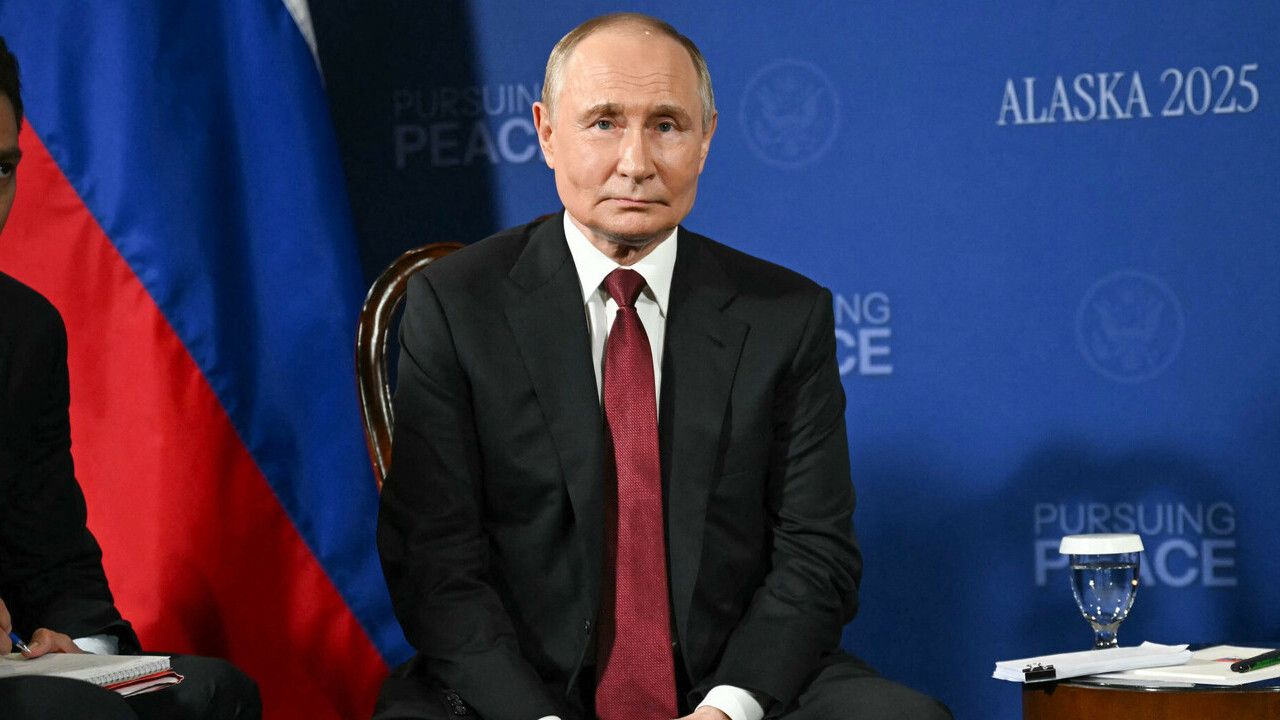


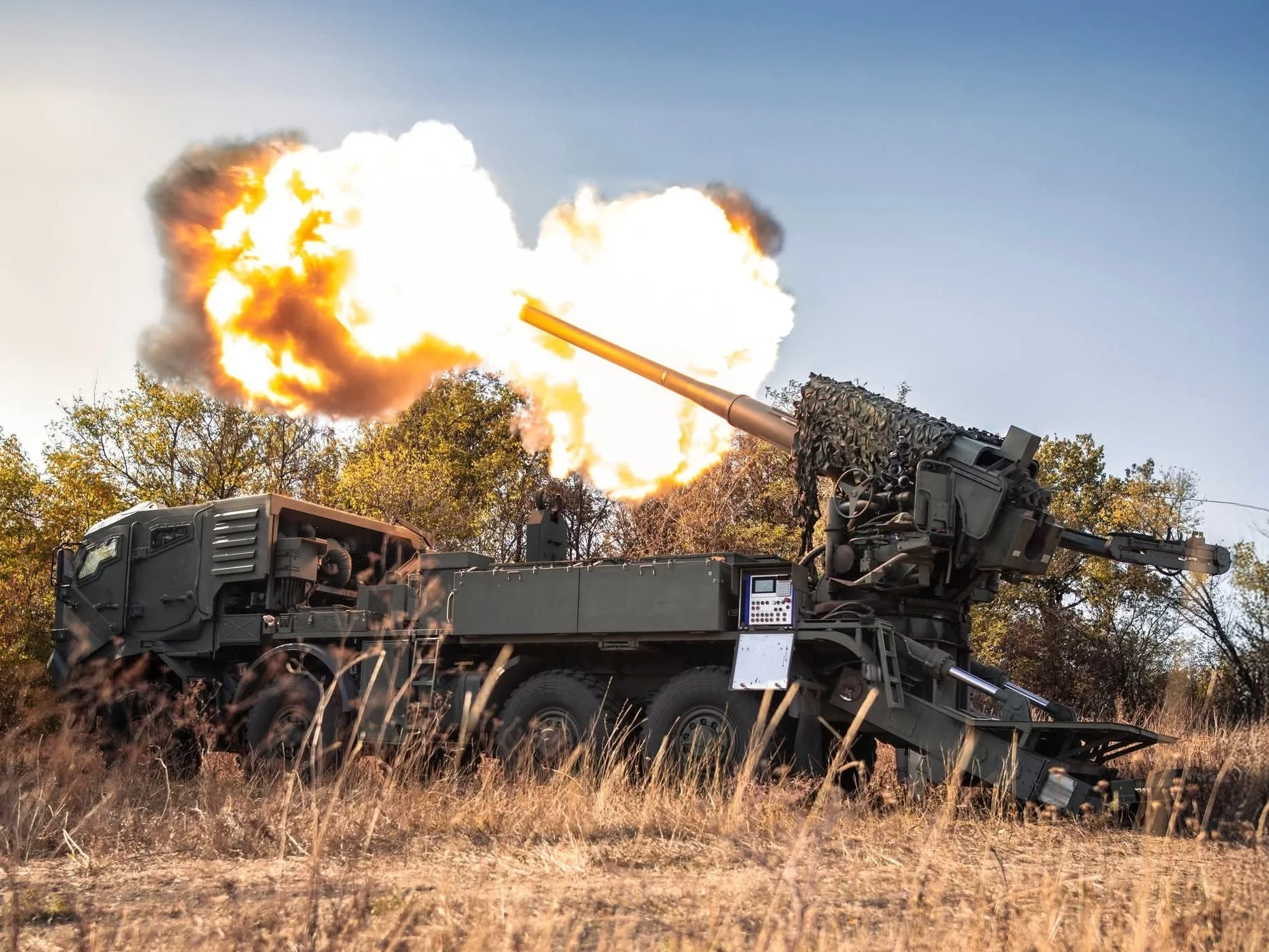


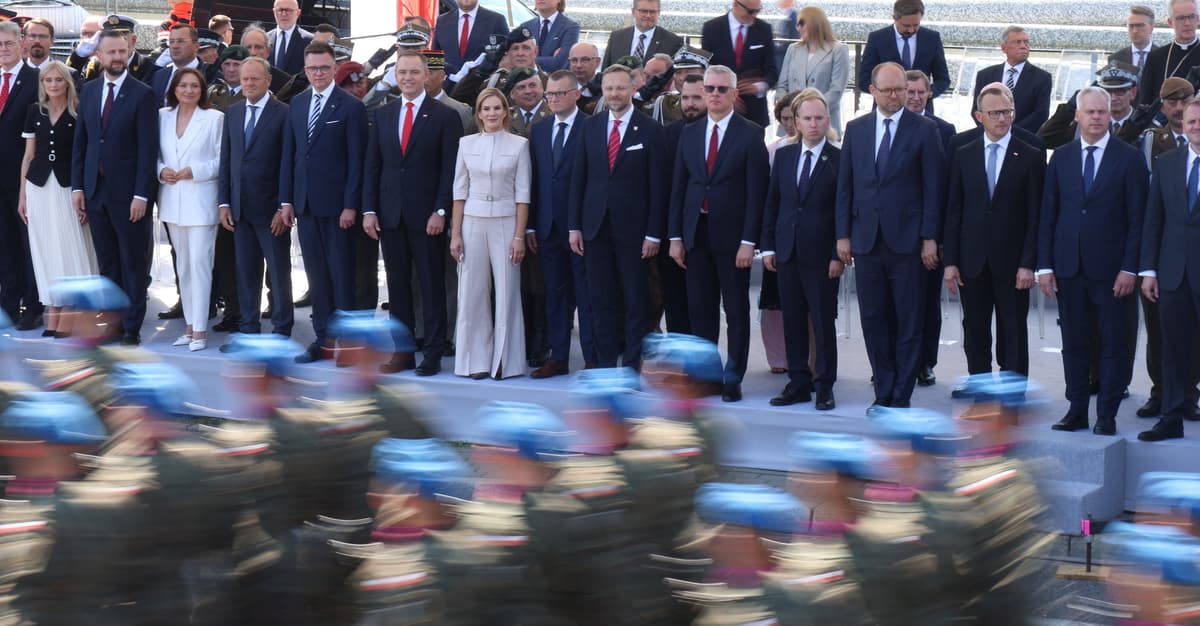
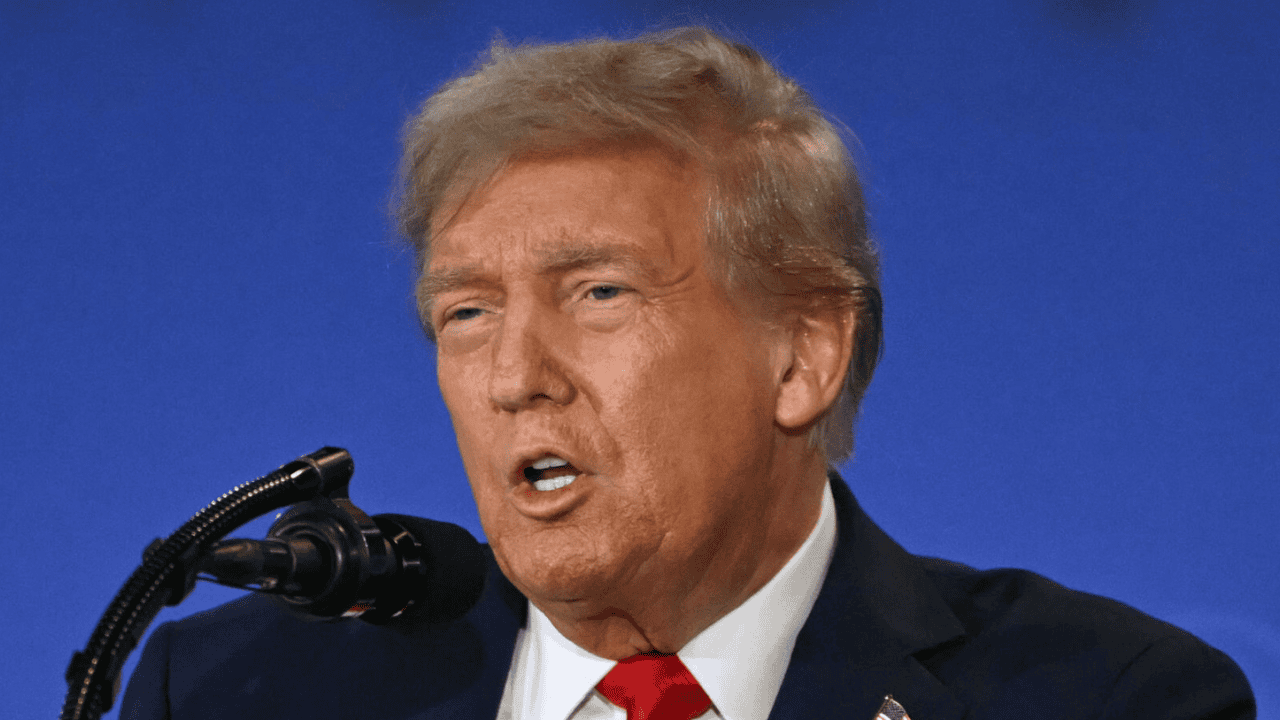
![Nie spodobało się, iż nazwałam się imamką [Rozmowa z Seyran Ateş]](https://cdn.oko.press/cdn-cgi/image/trim=398;0;424;0,width=1200,quality=75/https://cdn.oko.press/2025/08/AFP__20170728__R207J__v1__HighRes__GermanyFranceReligionIslamMosque.jpg)
